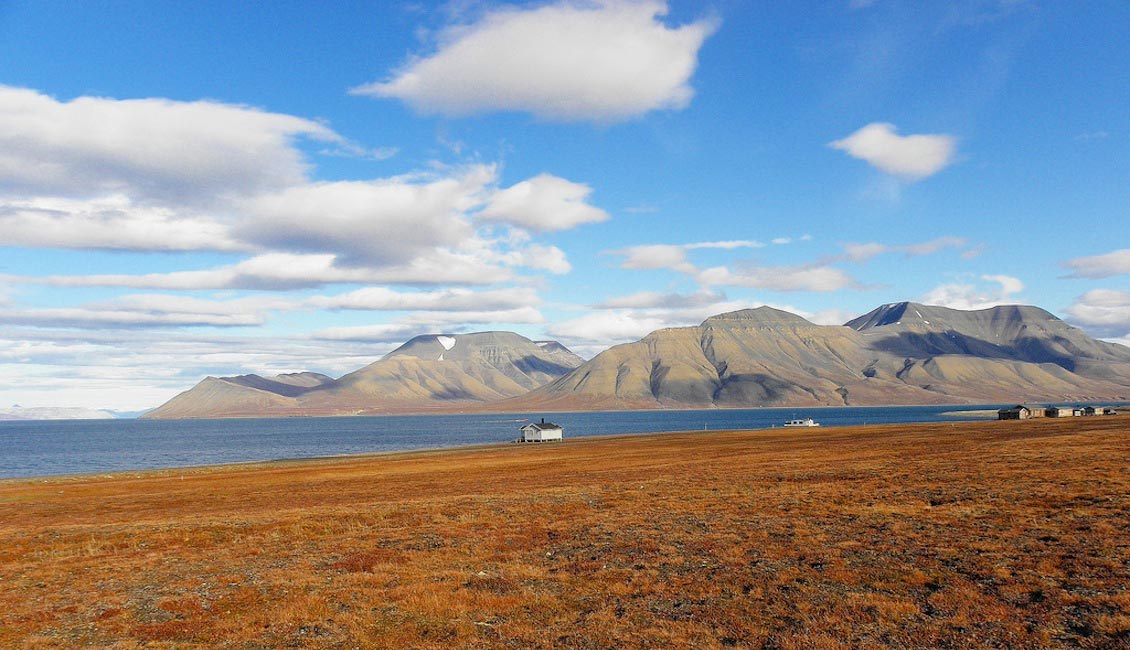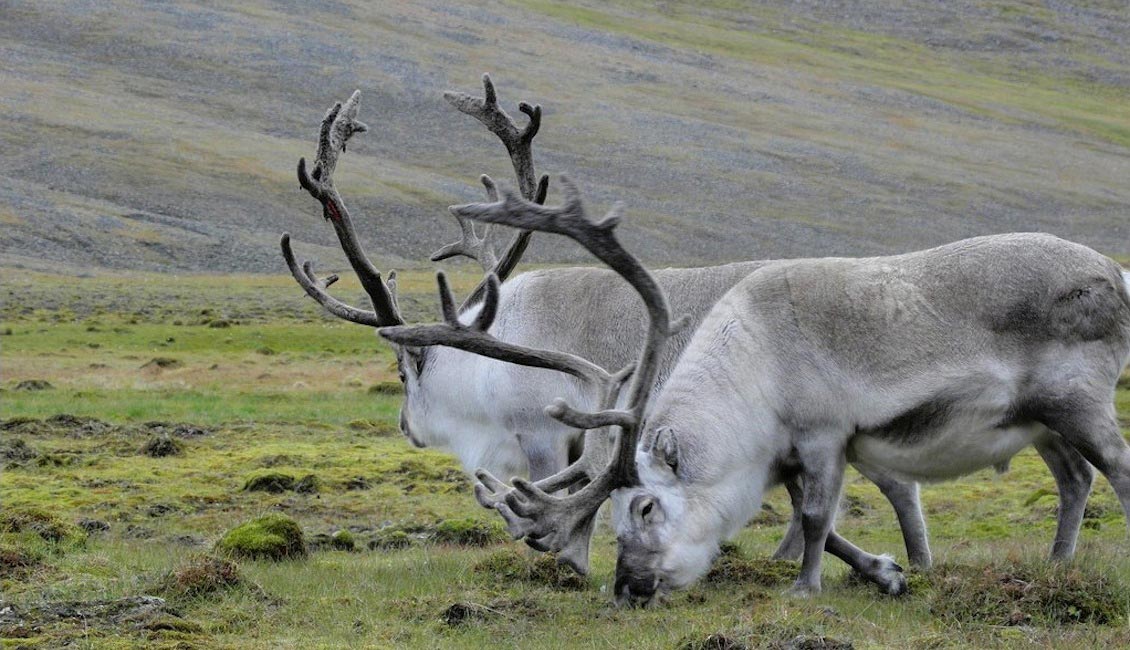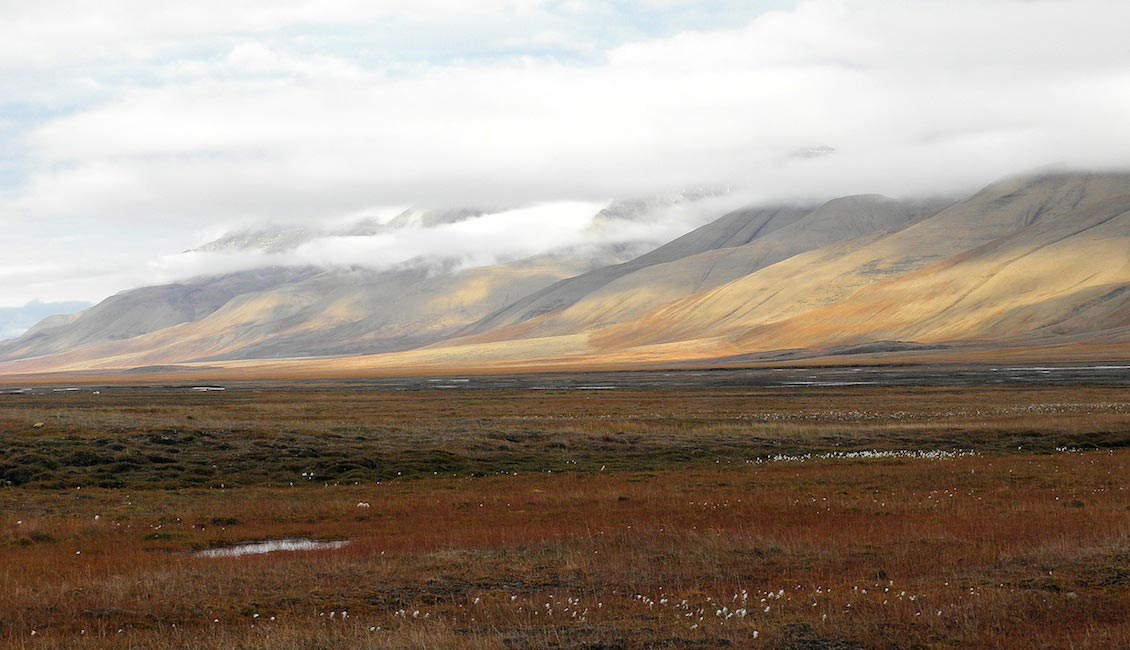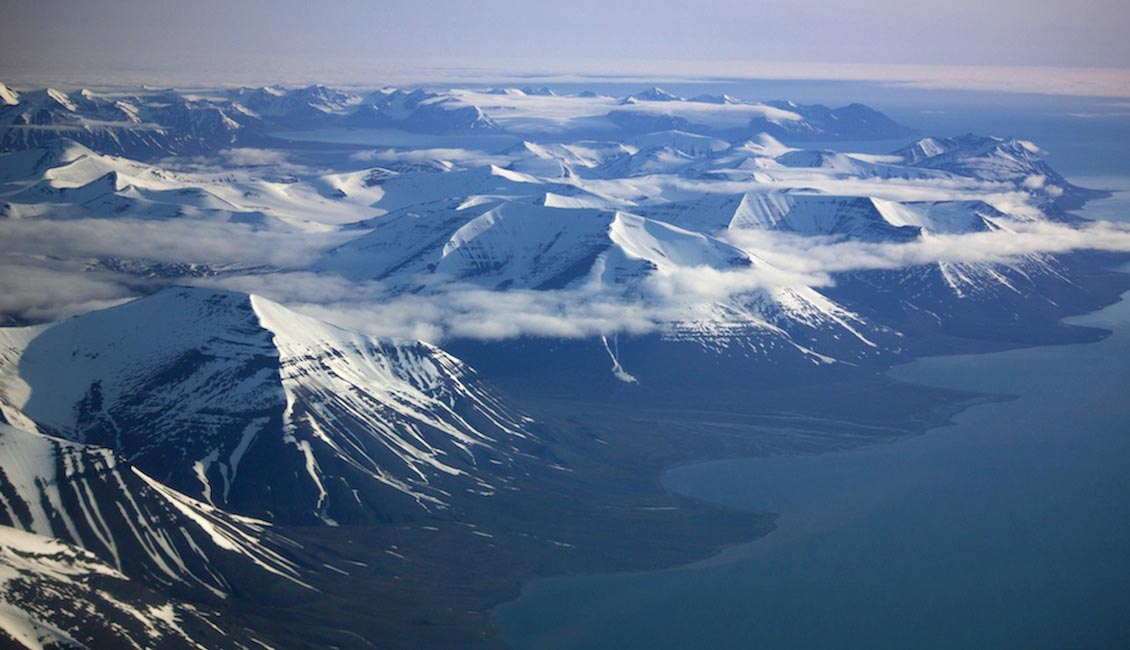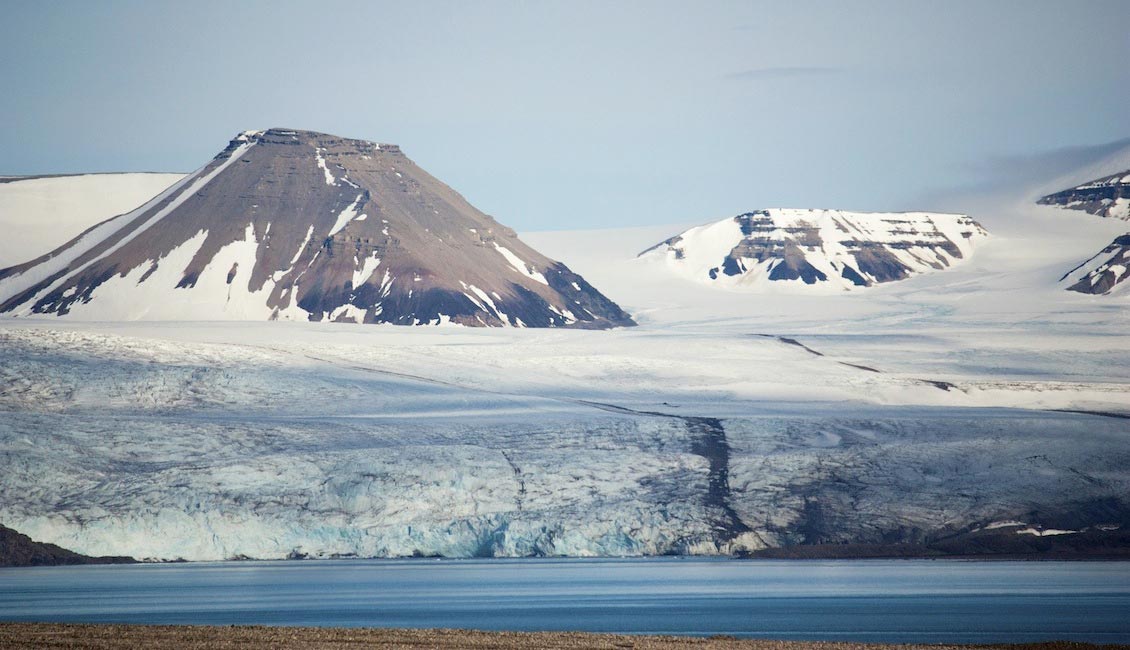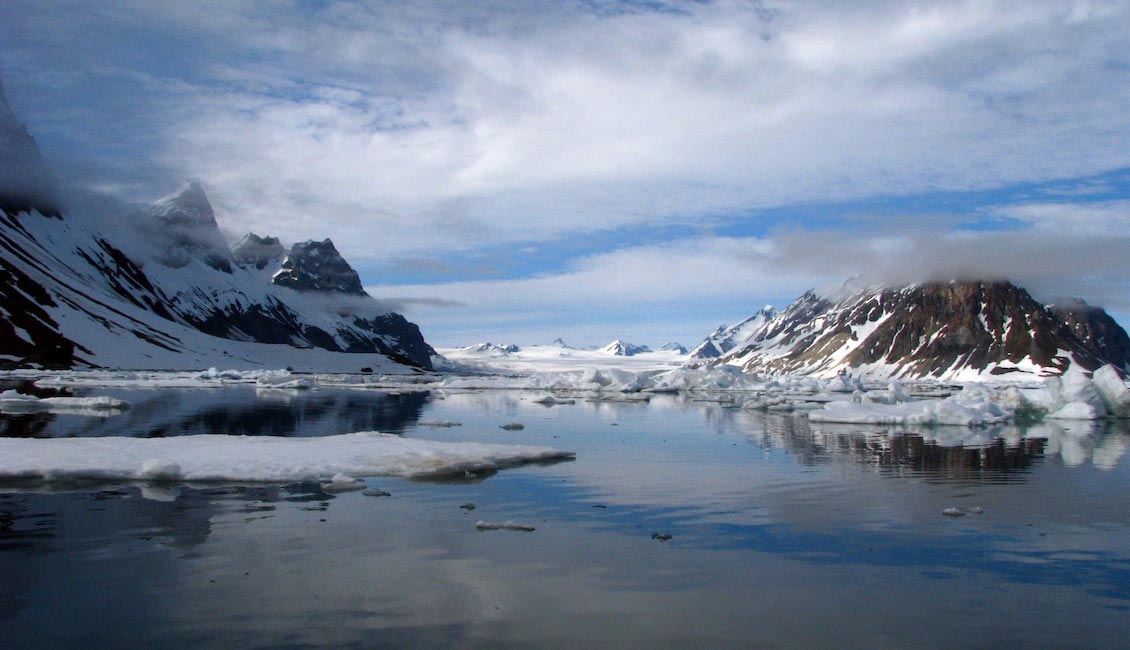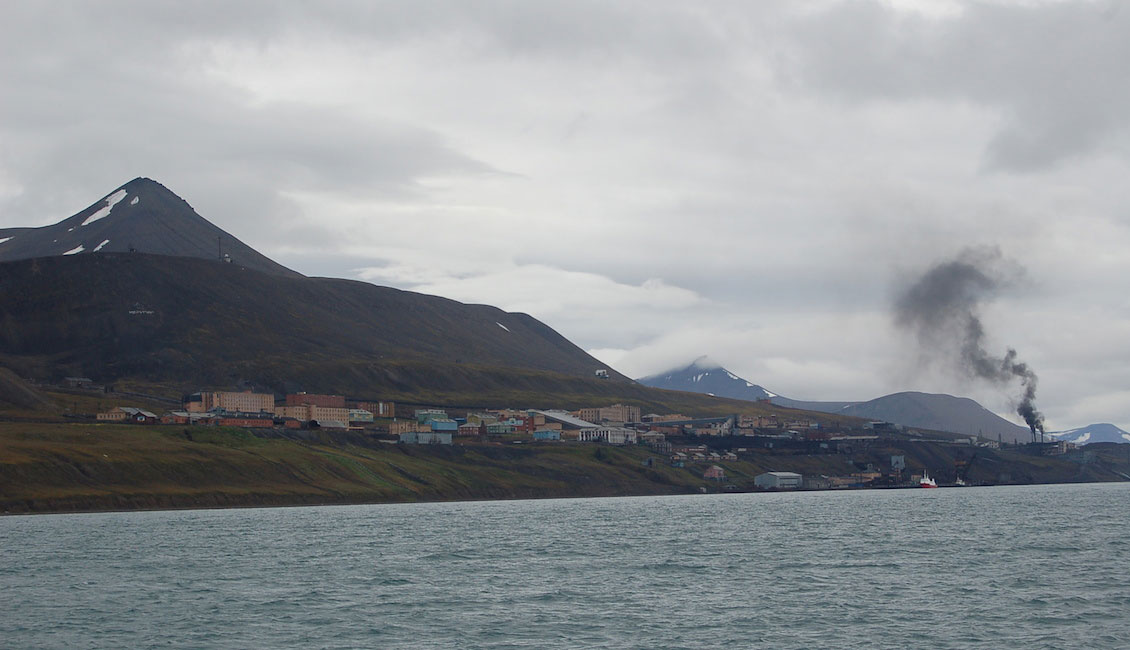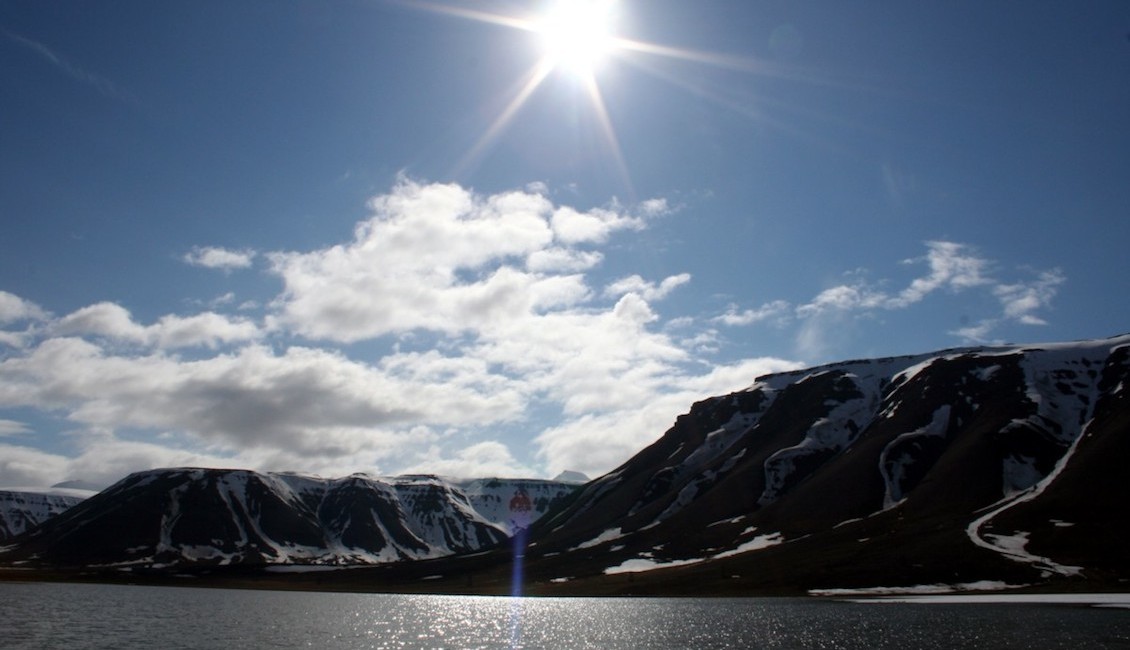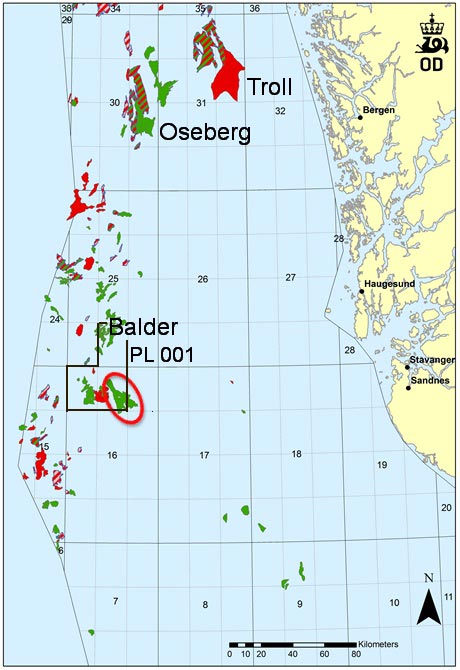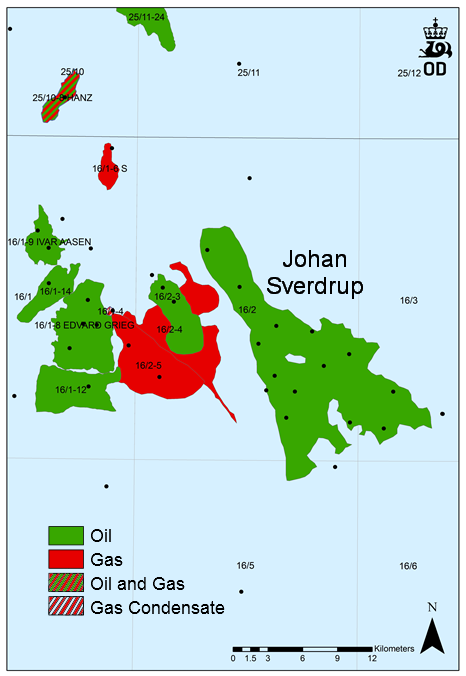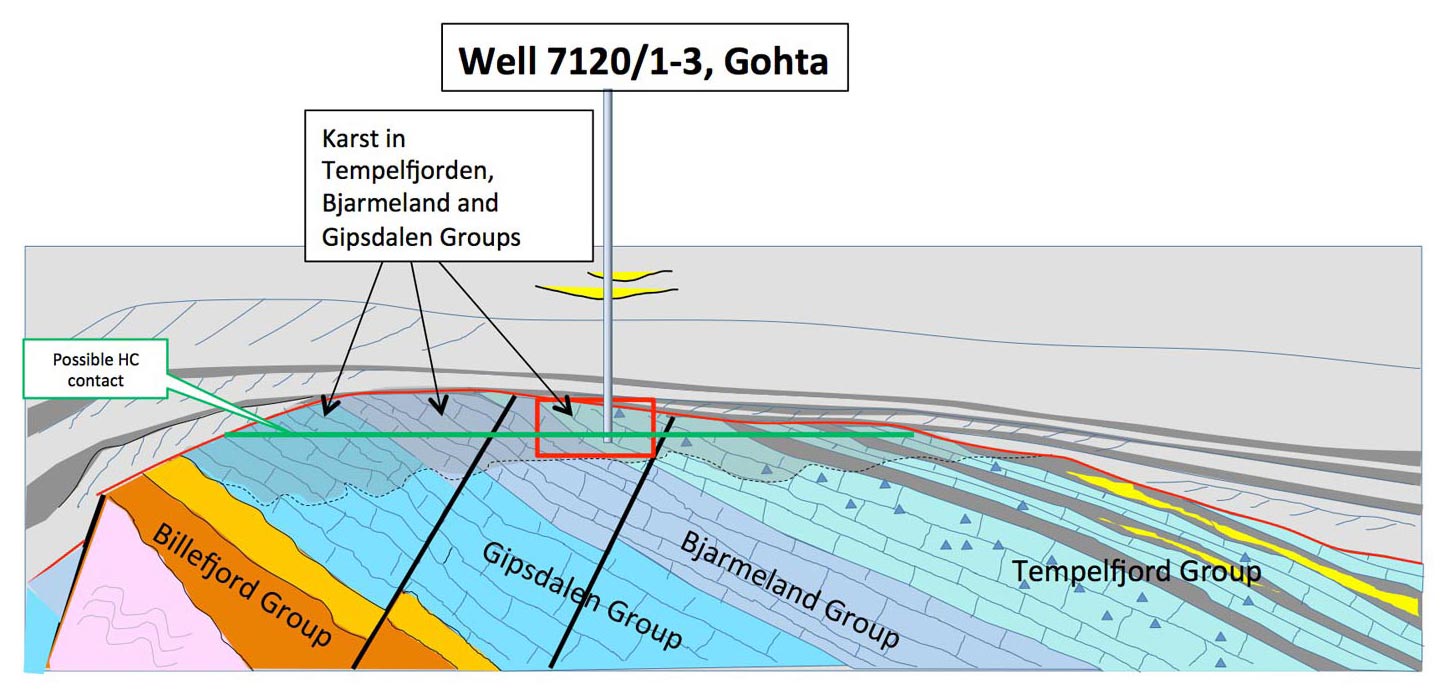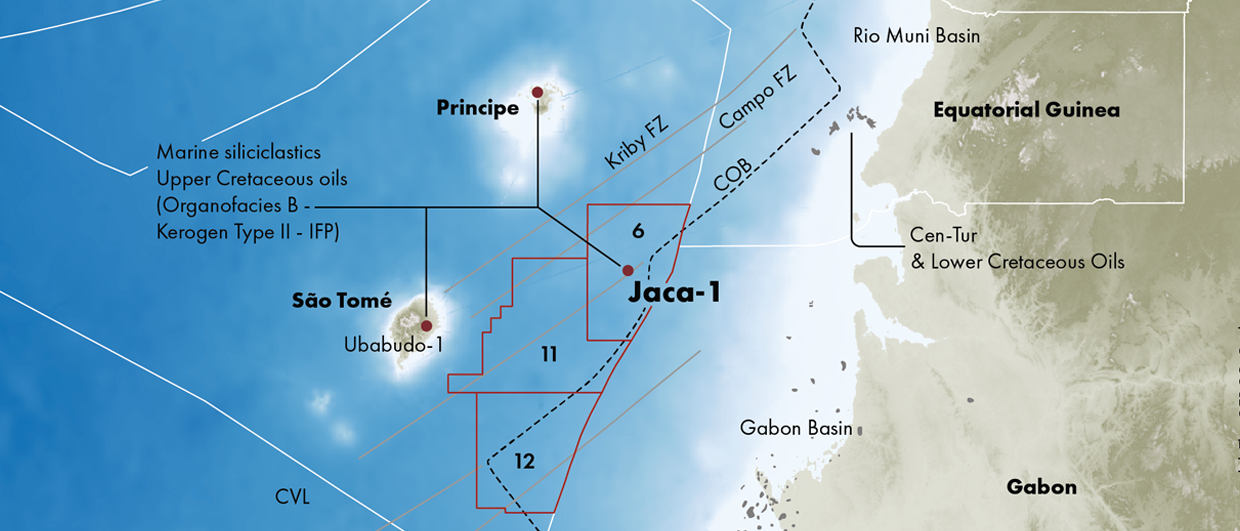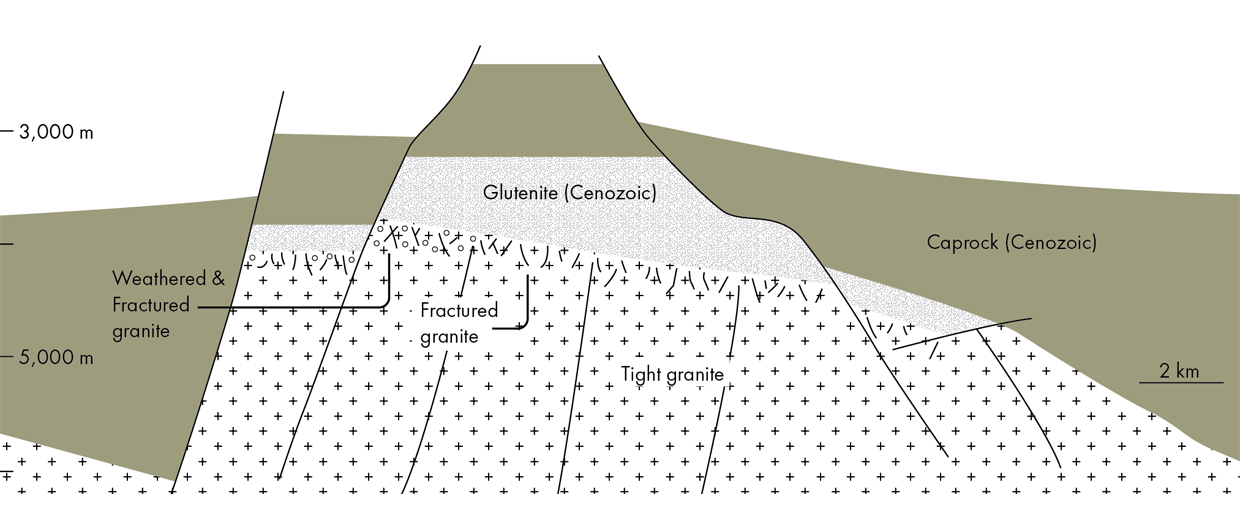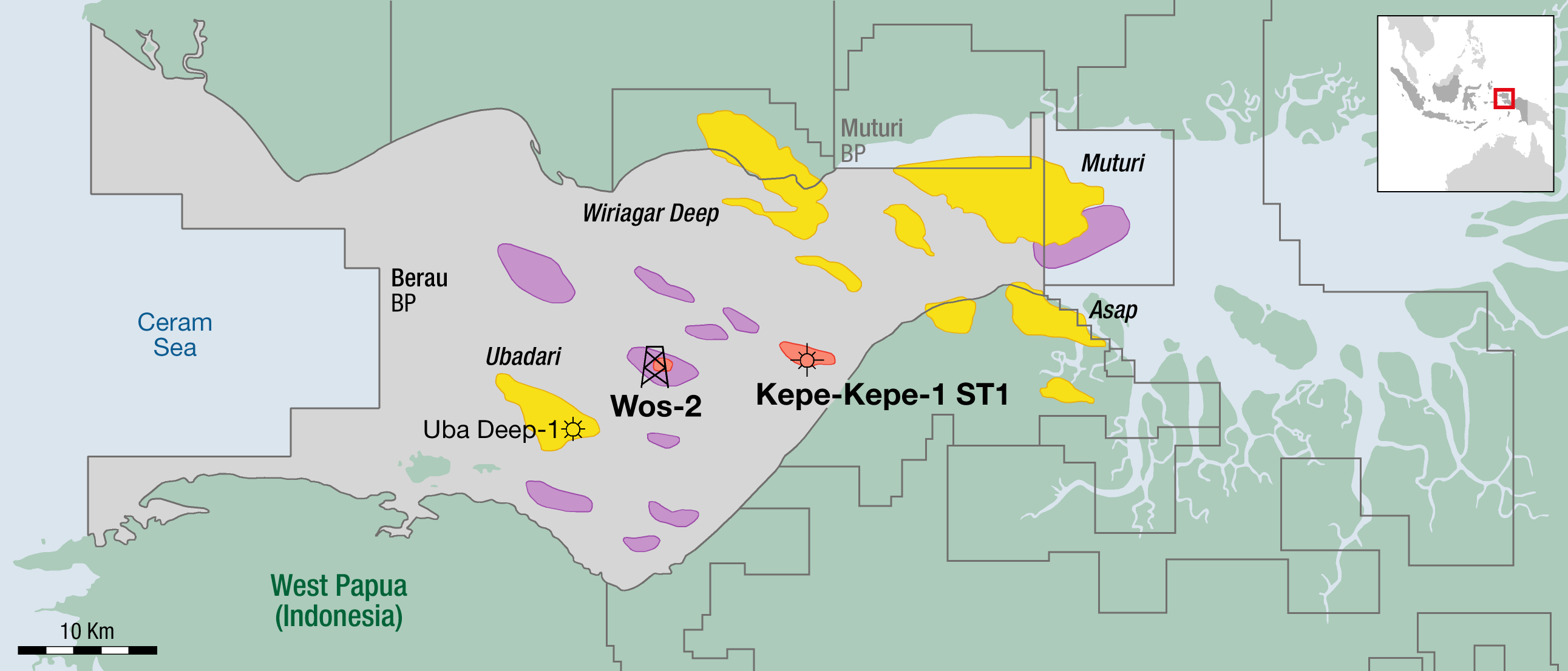Some spectacular discoveries have been made on the Norwegian continental shelf (NCS) in the last three years. Avaldsnes and Aldous, later proven to be one single accumulation and renamed Johan Sverdrup, after the father of Norwegian parliamentarism, made World headlines in 2010 and 2011 when Lundin Norway and Statoil found this supergiant on the Utsira High, a mature part of the North Sea. It was the world’s largest oil discovery of 2010.
The size of the discovery is not yet fully known, but it is believed that it contains some 3 Bb of recoverable oil, possibly much more, in a superb sandstone reservoir of Jurassic age (net to gross close to 1, porosities between 25 and 30%, and permeability of several Darcys). Recently, Statoil has said that the recovery factor might exceed 70%. It ranks as one of Norway’s largest discoveries ever.
Credit to Lundin
From a historical viewpoint it is interesting to note that the acreage was originally licensed to Esso Exploration and Production Norway. Four blocks on the Utsira High, including Block 16/2 which contains Johan Sverdrup, belonged to PL 001, previously awarded to the Americans in 1965.
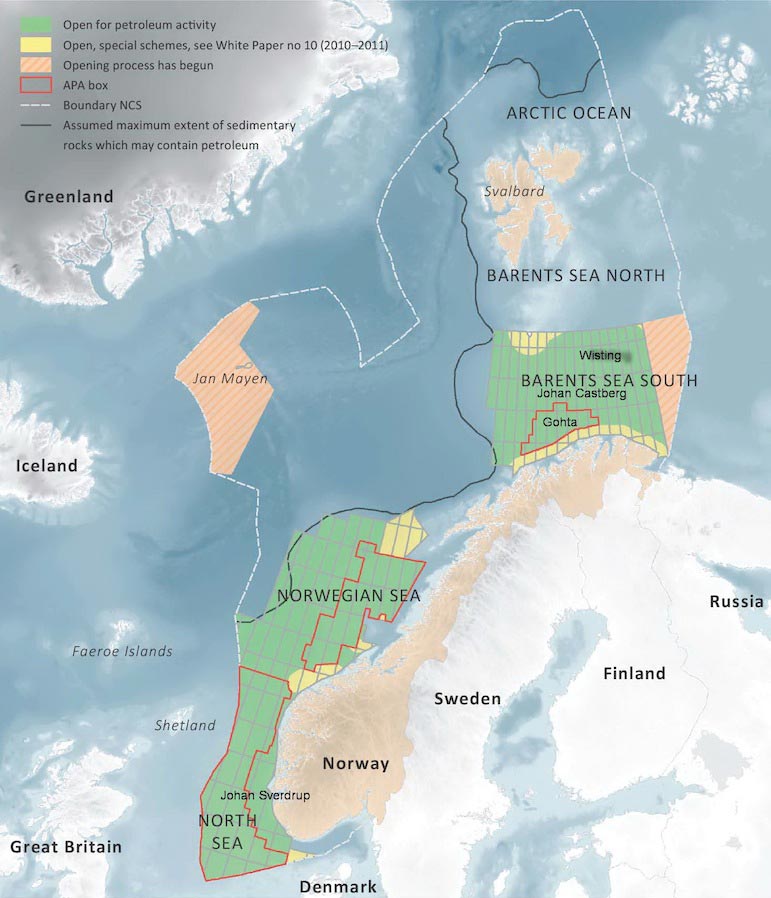 The Norwegian continental shelf is divided into three main segments: the North Sea, the Norwegian Sea and the Barents Sea. The North Sea is still the most active and prolific of the three, with the Barents Sea as a runner-up. Several dry wells, in particular in deep water, have caused many companies to run away from the Norwegian Sea. Source: NPDIn 1967 the company made the very first oil discovery on the NCS in this licence (well 25/11-1), but it was declared uncommercial. Later it was reclassified as an appraisal well on the Balder Field, and was put on stream in 1999. Esso never came close to recognising the huge prospect further south in subsequent exploration. The reason for this is not known, but it is true that the oil companies’ focus in the early 70s was the Tampen Spur further north, where the Statfjord field is located.
The Norwegian continental shelf is divided into three main segments: the North Sea, the Norwegian Sea and the Barents Sea. The North Sea is still the most active and prolific of the three, with the Barents Sea as a runner-up. Several dry wells, in particular in deep water, have caused many companies to run away from the Norwegian Sea. Source: NPDIn 1967 the company made the very first oil discovery on the NCS in this licence (well 25/11-1), but it was declared uncommercial. Later it was reclassified as an appraisal well on the Balder Field, and was put on stream in 1999. Esso never came close to recognising the huge prospect further south in subsequent exploration. The reason for this is not known, but it is true that the oil companies’ focus in the early 70s was the Tampen Spur further north, where the Statfjord field is located.
Norsk Hydro, however, was only 400m off when the company drilled its first well on the NCS in 1976. well 16/3-2 targeted both Paleocene and Jurassic sandstone reservoirs in a presumed stratigraphic trap without hitting pay. More than 30 years later the information from this well, including knowledge about excellent quality Jurassic sandstones, was important when the prospect was generated by the Lundin team.
In 2013, exploration director Hans Chr. Rønnevik and managing director Torstein Sannes of Lundin Norway got the Gullkronen Honour Award for taking “the risk to drill the prospect despite dry wells in the area and industry scepticism”, thereby giving full credit for the surprising find to Lundin. The jury also said that “they form a small and extremely powerful management team that in the years gone by has proved pivotal in finding resources worth 400 billion NOK for Norwegian society – one as the explorer, the other as the manager and business developer”.
The main reservoir in Johan Sverdrup and nearby fields is Jurassic sandstone. Several wells on the Utsira High, however, have also hit oil in weathered and fractured basement rocks of Precambrian and Caledonian age. The first production test was made in 16/1-15 in 2011, which made the Norwegian Petroleum Directorate state that this “is the first successful full-scale production test of a reservoir that consists of cracked and porous bedrock on the Norwegian continental shelf”. In other words, a new play model had been defined. The basement pay is now part of the Edvard Grieg field, which will come on stream in 2015.
New Life for the Barents Sea
Following the breakthrough with this giant discovery in 2010, a high number of small, medium and large discoveries have been made on the NCS. Most noteworthy are several finds in the Barents Sea, turning this huge area into a hotspot.
The frenzy started during spring 2011. Statoil drilled well 7220/8-1 and found both oil and gas in a structure that has two separate flat spots, thereby indicating the presence of gas above oil. Now we know that Skrugard, as it was initially called, proved some 250 MMboe. Less than a year later another discovery was made in a structure nearby. This one, Havis, has even more hydrocarbons, 286 MMboe, and the two discoveries are now known as Johan Castberg (named after a Norwegian politician).
Finding this field was a great relief for the Norwegian oil industry. With close to 100 exploration wells drilled in the Barents Sea, only two finds had turned into producing fields: Snøhvit with 1,300 MMboe (predominantly gas), which came on stream in 2007; and Goliat with 240 MMboe (mostly oil) with production start-up due in 2014. Most of the super majors have abandoned the area, leaving it to Statoil, Eni and many medium and small oil companies to continue the exploration efforts.
Two Surprises
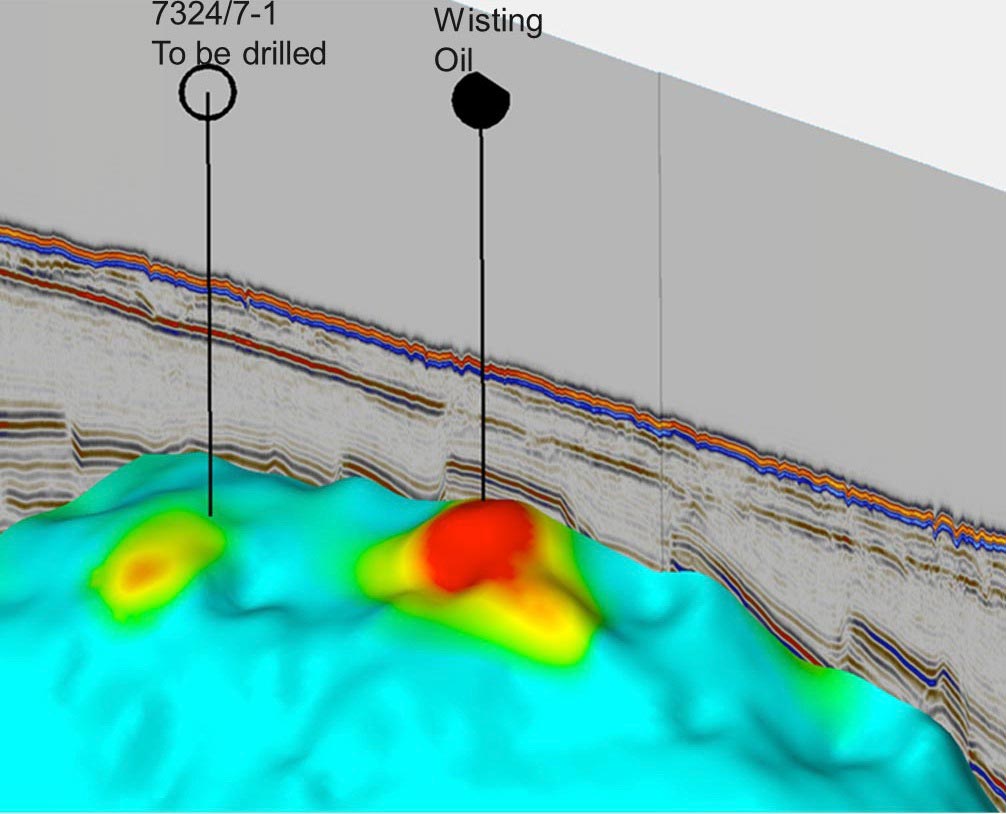 With the discovery of light oil a mere 250m below mudline the Wisting structure, discovered with the aid of innovative technologies, has opened up an exciting new oil province in the Barents Sea. Source: EMGSThis year has brought two surprises which have changed the game completely. Optimism is back, and the oil companies are flocking to virgin acreage.
With the discovery of light oil a mere 250m below mudline the Wisting structure, discovered with the aid of innovative technologies, has opened up an exciting new oil province in the Barents Sea. Source: EMGSThis year has brought two surprises which have changed the game completely. Optimism is back, and the oil companies are flocking to virgin acreage.
The first was when Austrian company OMV hit oil in Jurassic rocks only 250m below the seabed. The oil is reservoired in a well-defined structure, known as Wisting, and the presence of hydrocarbons was indicated by a strong CSEM (controlled source electromagnetic) anomaly. Most explorationists, however, did not believe in the prospect because it was buried only under some few hundred metres of shale, arguing that any oil would have been biodegraded due to temperatures in the reservoir of only 10°C.
After announcing a 60m oil column, and a reserve estimate of up to 160 MMbo, OMV quickly stated that the licence may hold some 500 MMbo of recoverable oil when including nearby prospects, while TGS, having shot multiclient seismic in the area, indicated that a new oil province had been discovered that may very well host several billion barrels of oil. This was substantiated by EMGS after acquiring multiclient CSEM. according to their experts, the area is flush with strong electromagnetic anomalies indicating the presence of hydrocarbons in commercial quantities.
The second surprise for the Norwegians was when Swedish Lundin Norway once again made an interesting discovery. While oil was found in Permian carbonate rocks in the 1970s on the UK side of the North Sea continental shelf, this play model had not worked on the NCS. That changed with the drilling of the Gohta prospect (7120/1-3) in the Barents Sea, a prospect previously tested down-flank by Shell in 1986. The well hit pay in karstified carbonates on the western, down-faulted segment of the Loppa ridge and flowed more than 4,000 bopd and is therefore the very first discovery in Permian rocks on the NCS.
Preliminary reserve estimates indicate close to 250 MMboe. The play may result in more nearby discoveries, and it is no wild guess to suggest that it will also be explored in other parts of the Barents Sea.
The four oil and gas discoveries mentioned above have turned everybody’s eyes north, meaning that the seismic companies are eager to increase their databases in advance of the 23rd licensing round, which is expected to close by the end of next year (2014). In the meantime, particularly in the far north, several key wells will be drilled, which may confirm a petroleum province that was all but forgotten only some years ago. It is a common belief that if it had not been for Statoil, which has continued its efforts in spite of numerous disappointments including dry wells and technical discoveries, the Barents Sea might have been left before reaching the successful outcome achieved today.
Production vs Resources
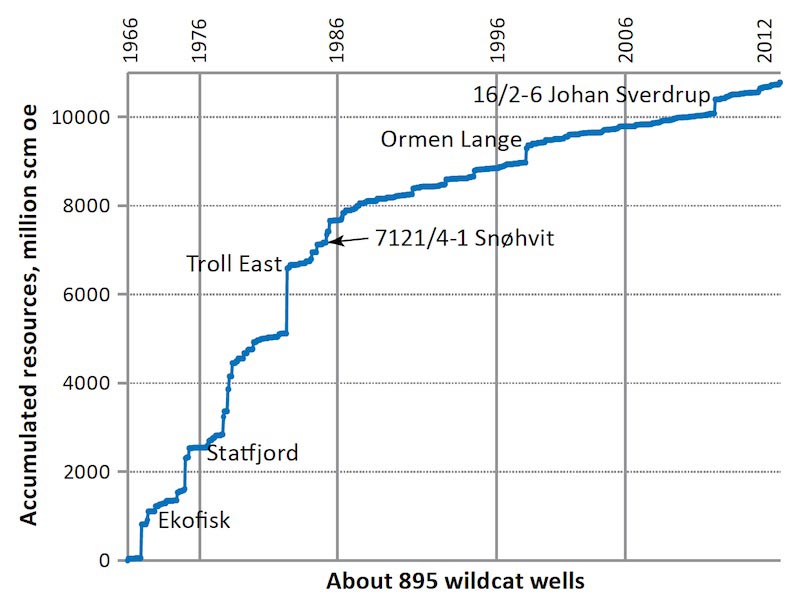 The creaming curve of the NCS clearly illustrates the importance of the first 15 years of exploration. Following the $10 barrel in 1986, the curve flattened remarkably. Two steps stand out after 1986: the discoveries of Ormen Lange (1996) and Johan Sverdrup (2010). Source: NPD
The creaming curve of the NCS clearly illustrates the importance of the first 15 years of exploration. Following the $10 barrel in 1986, the curve flattened remarkably. Two steps stand out after 1986: the discoveries of Ormen Lange (1996) and Johan Sverdrup (2010). Source: NPD Radical changes were made in Norwegian oil policy in 1999, 2003 (licensing in mature areas) and 2004 (tax regime) in order to boost exploration. All these measures have had a positive effect on both exploration and discovery rates. Source: NPDThe spectacular discoveries on the Utsira High and in the Barents Sea have taken the headlines. but more than 25 true wildcats have been drilled on the NCS every year since 2008, with an all-time high in 2010 and 2011 with 35 wildcats. This high level of exploration activity has resulted in a series of discoveries – in fact, three of the past five years accounted for the largest-ever number of finds on the NCS. Technical and commercial finding rates have therefore averaged about 55 and 40% respectively over the past 15 years, which helps to explain why more than 50 oil companies are actively involved, with more on their way.
Radical changes were made in Norwegian oil policy in 1999, 2003 (licensing in mature areas) and 2004 (tax regime) in order to boost exploration. All these measures have had a positive effect on both exploration and discovery rates. Source: NPDThe spectacular discoveries on the Utsira High and in the Barents Sea have taken the headlines. but more than 25 true wildcats have been drilled on the NCS every year since 2008, with an all-time high in 2010 and 2011 with 35 wildcats. This high level of exploration activity has resulted in a series of discoveries – in fact, three of the past five years accounted for the largest-ever number of finds on the NCS. Technical and commercial finding rates have therefore averaged about 55 and 40% respectively over the past 15 years, which helps to explain why more than 50 oil companies are actively involved, with more on their way.
One example is the discovery of Garantiana in the North Sea in PL 554 (Block 34/6), due east of Snorre. This is the third time in the history of the North Sea that this acreage has been explored, and in 2002 Conoco drilled a dry well in a separate fault block to the west. Bridge Energy was the sole applicant for the new prospect, which attracted their interest because of an apparent flat spot, but the geoscientists had to spend some time finding partners. Last year it became known that about 45 MMbo had been found in Lower Jurassic sandstones, now with Total as the operator.
Despite these discoveries, the resource growth does not outweigh production from year to year. On average, the amount of oil and gas discovered annually on the NCS exceeded annual production during the first 30 years, but this reflected low output and large discoveries. Resource growth over the past 15 years has been substantially smaller than the volume produced, reflecting high levels of output (1.7 MMbopd in 2012) and a smaller average discovery size. However, a more detailed analysis of the latest 15-year period shows that the picture is more nuanced. over the past five-year period, resource growth has been almost on a par with production. The main reason is Johan Sverdrup, which was discovered in 2010.
Targeting Satellite Fields
The high discovery rate is also caused by drilling satellite structures close to some of the giant fields that were discovered in the 1970s and 1980s. Gullfaks, with original reserves of about 2,500 MMbo recoverable, is a good example of how an area has developed after its initial discovery. According to Statoil, infrastructure-led exploration yields highly commercial finds which can be brought on stream quickly. The size of each of these finds may be less than 10 MMbo, but they all prolong the life of the field and make effective use of the production facilities already in place.
The big surprise this year on Gullfaks was the discovery of between 40 and 150 MMbo in hitherto unknown reservoirs above the Jurassic sandstones. Oil has leaked upwards, and a new look at the formations that have been drilled through – on their way down to the billion barrel field – confirmed that oil is plentiful in the overlying Tertiary and cretaceous sandstone and carbonate beds.
Bright Future
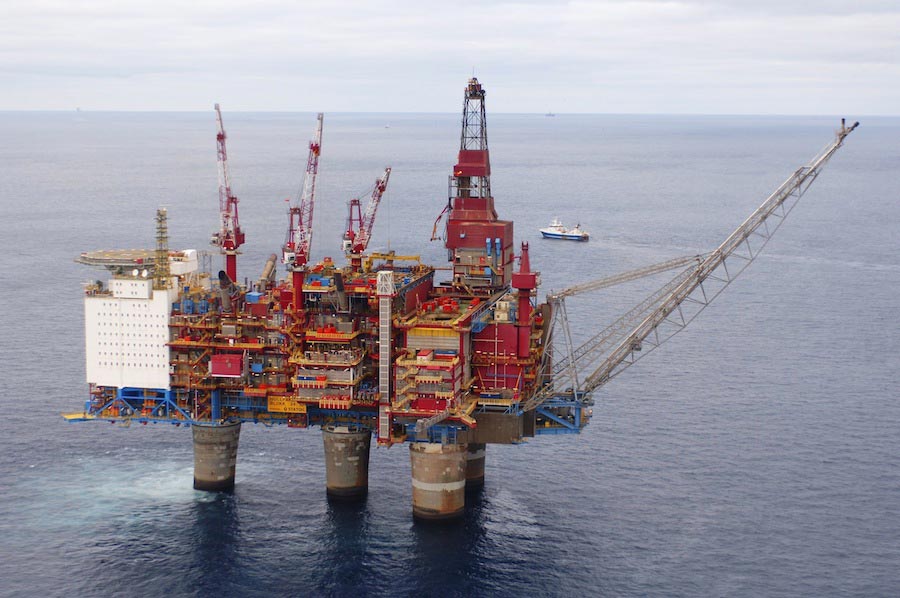 The Gullfaks Field in the Norwegian North Sea first began producing in 1986, but received a new lease of life when up to 150 MMbo were discovered this year in previously unconsidered rocks above the main reservoir. Source: Øyvind Hagen/Statoil
The Gullfaks Field in the Norwegian North Sea first began producing in 1986, but received a new lease of life when up to 150 MMbo were discovered this year in previously unconsidered rocks above the main reservoir. Source: Øyvind Hagen/Statoil


